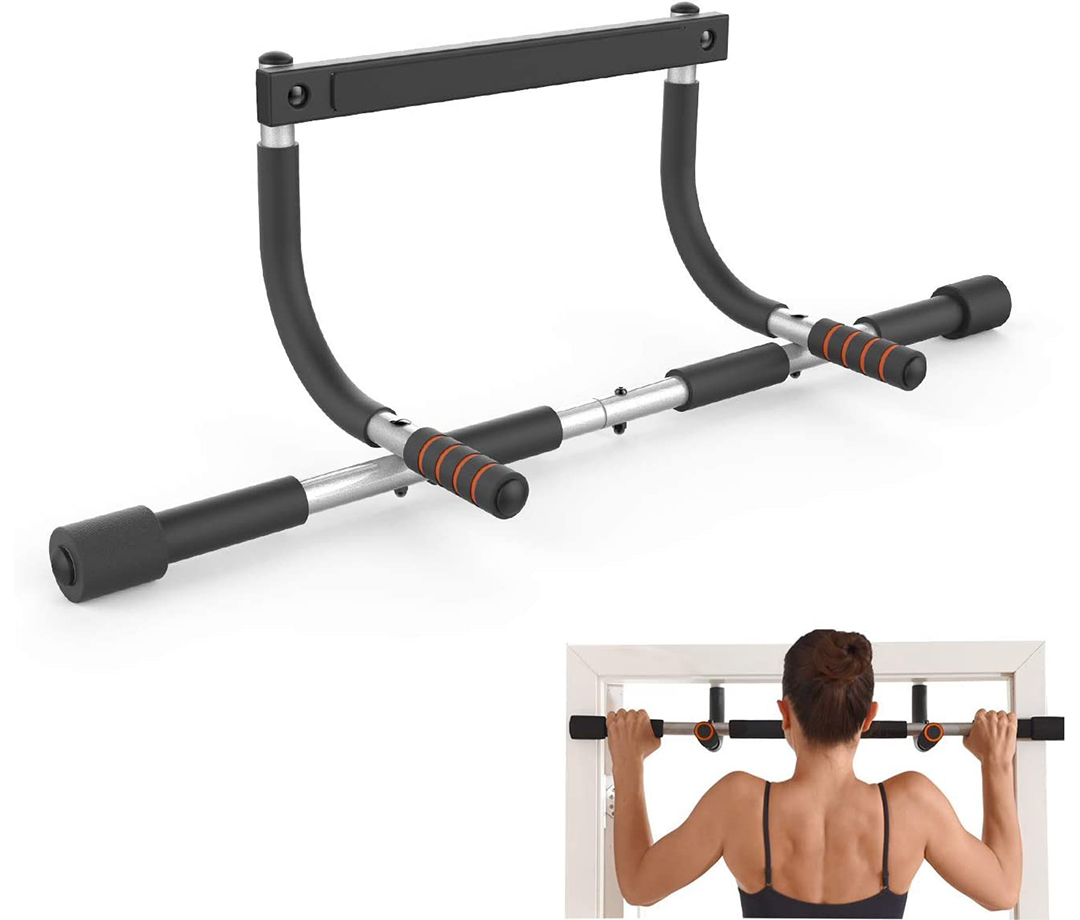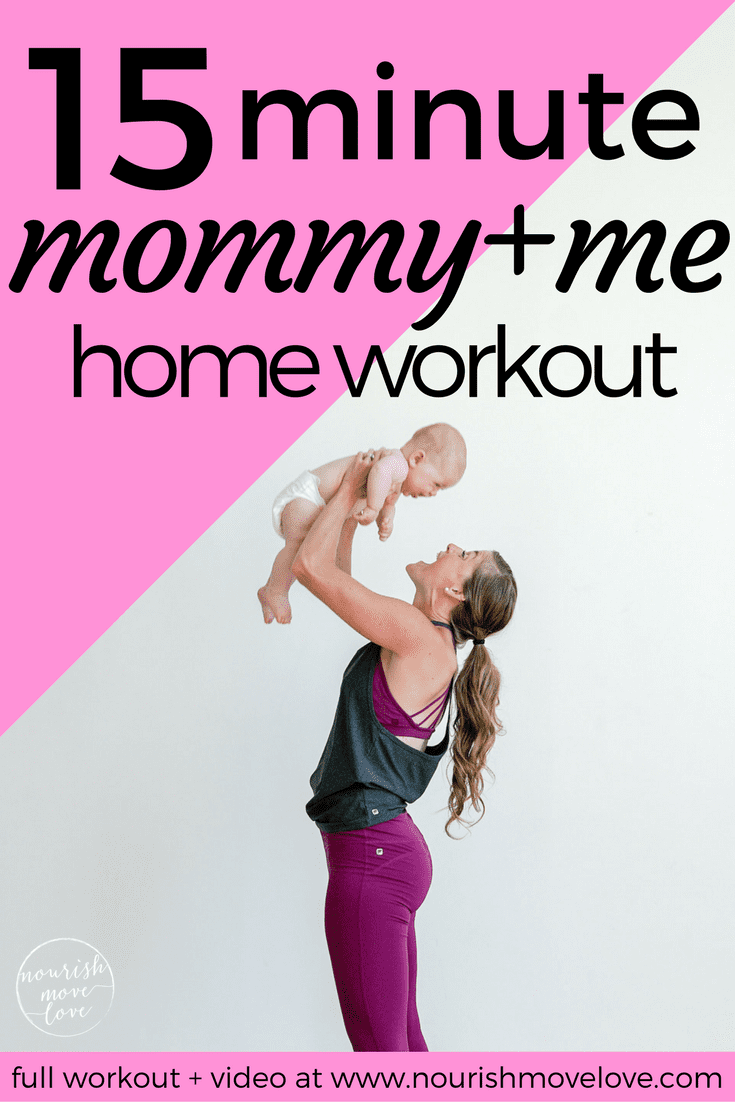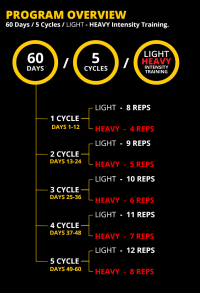
A self-employed personal trainer is a great option if you're looking to become your own boss. This type of job has several advantages, such as the possibility to work from home, increase your earning potential, and location. In this article, you'll learn how to calculate your self-employed personal trainer salary. It is important that you consider how many hours you spend working.
Personal trainers who are self-employed have many advantages
Working for yourself gives you more freedom and a better salary than working in an office. Working for yourself also allows you to choose your own schedule and methods of training. You can also take your vacations whenever you like. It also allows you to choose as many clients and be more flexible.
Personal trainers who are self-employed can deduct business expenses such as use of your vehicle for business. Travel expenses to meet clients and attend educational workshops and conferences are also tax-deductible.

Earning potential
It is possible to make huge money as a self-employed personal coach. It can range anywhere from $30k to $200k per year. A self-employed trainer can dictate their own schedule and determine how many sessions they will conduct per day. It is important to set goals and decide how much income they want to generate.
A personal trainer who is self-employed can grow a client base quickly and will work fewer hours at the gym. In addition, you will not have to share a percentage of your income with the fitness center. You can train your clients at home.
Experience
Although there are many benefits to being self-employed, it's important to understand the financial risks. Independent contractors face a higher tax bracket that employees. In addition, they may incur higher startup costs. Their income is also typically not predictable, and they must make extra effort to find new clients. However, most personal trainers feel that the benefits outweigh these downsides.
As with any business, marketing is an important part of starting a personal training business. You can also hand out business cards containing your contact information. You can also list your business in local classifieds or in a directory of businesses.

Working hours
A personal trainer who is self-employed can work a variety of hours depending on the nature and needs of the clients they serve. Private clients may prefer that their personal trainer arrives early in the morning so they can begin their day. Others might prefer that the trainer remain late at night. In such cases, the client may pay an additional amount to their trainer above the hourly rate.
Working at a fitness center is one of the more common ways to make money as a personal trainer. This requires the personal training professional to establish a network with clients. This can often mean that the personal trainer will spend time trying convince clients to hire him or herself. This will lead to commission payments. Commissions range typically from 30 to 60%. This may drop to 15% or less over time.
FAQ
What Are Cardio Exercises?
Cardiovascular exercise is any activity that requires your heart and lung to work harder than normal. Swimming, cycling, rowing, and jogging are all examples. These activities can help you lose weight and speed up your metabolism. These activities are great for staying fit because they strengthen your heart and lungs.
What should I eat before I work out?
No. You don't need to eat anything before working out. But if you're feeling hungry after exercising, you may be tempted to snack on light foods like yogurt or fruit.
What does Nutrition do for Your Body?
Your body's ability to function properly is aided by nutrition. A balanced diet that includes plenty of fruits, vegetables, lean protein, whole grains, healthy fats, and lean proteins is the best way to ensure you get adequate nutrition.
Statistics
- Physical activity confers the following maternal and fetal health benefits: a decreased risk of pre-eclampsia, gestational hypertension, gestational diabetes (for example, 30% reduction in risk) (who.int)
- Globally, 81% of adolescents aged 11-17 years were insufficiently physically active in 2016. (who.int)
- In high-income countries, 26% of men and 35% of women were insufficiently physically active, as compared to 12% of men and 24% of women in low-income countries. (who.int)
- Globally, 28% of adults aged 18 and over were not active enough in 2016 (men 23% and women 32%). (who.int)
External Links
How To
How to Burn Belly Fats Quicker
Belly Fat is often thought of as a problem when trying to lose fat. However, Belly Fat can be beneficial if you really think about it. It is the fat in your stomach that protects your organs. So let's see how to burn belly fat fast.
Stress and inactivity are two of the major factors that cause us to store body fat. Stress makes us feel hungry constantly because it stimulates the production of the cortisol hormone. Cortisol is responsible for an increase in insulin levels. Insulin then stores excess calories as fat. An increased appetite can be caused by a lack of sleep. Exercise helps to break down these extra calories.
There are many options to reduce belly weight. All of these methods can be used, depending on your budget. These are some ways to quickly lose belly fat.
-
Reduce the amount of food you eat. Instead of eating three large meals per day, try to eat smaller meals. This will result in fewer calories.
-
Drink lots of water. Water flushes out toxins from your body and keeps you hydrated. Water before each meal can help you feel fuller longer and reduce your appetite so that you don't overeat.
-
Avoid eating unhealthy snacks. If you're looking for quick fixes, snack foods like chips, cookies, candies, etc. This might be tempting. These sugary treats have lots of empty calories so avoid them. Instead, choose healthy alternatives like fruits, veggies, nuts, seeds, and whole grains.
-
Three times per week, strength training is recommended. Strength training helps build muscle mass, which means that you can burn more calories even when you are resting. It also strengthens bones, muscles, ligaments, tendons, the heart, lungs, and joints.
-
Walk or stretch regularly. Stretching can improve flexibility, mobility, and reduce back pain. Walking can help you burn calories.
-
Reduce alcohol intake. Your diet is empty of calories, and alcohol has no nutritional content.
-
Lose weight gradually. Finding out your current weight is the first step in losing weight. Then calculate your ideal weight by adding 5% to 10% of your total body weight. Once you have determined your ideal weight, you can start to reduce your calorie intake by 500-1000 calories per day until you reach it.
-
Avoid processed foods. These foods are high-in salt, sugar, as well as preservatives. These processed foods are often convenient, but they lack enough nutrients for good health.
-
Don't skip breakfast! A good breakfast can improve concentration, memory, as well as energy level. Breakfast should contain protein (like eggs), fibre (like oats), as well as complex carbohydrates (like oatmeal).
-
Have regular bowel movements. Bloating and gas can be caused by irregular bowel movements and constipation. Drink plenty of water to prevent gas and fiber ingestion.